News
Issues affecting the wine industry and the wine you drink
-

UK Vineyard Visits
Wine tourism is rapidly becoming a major trend in UK travel, with over 1.5 million visits to vineyards and wineries recorded in 2023, marking a 55% increase from 2022. In response, WineGB has released the Visit a Vineyard Guide 2025 (pdf), a comprehensive resource promoting the diverse and distinctive experiences available across the country. There…
-

How the Wine Industry is Evolving to Stay Relevant to Gen Z
IWSR is reporting that wine markets are increasingly reliant on drinkers aged 55 and above, as younger legal drinking age consumers are drinking wine less frequently. In Australia, for instance, the number of 18–24-year-olds consuming wine at least monthly halved between 2010 and 2023. This trend presents a challenge for wine producers trying to engage…
-
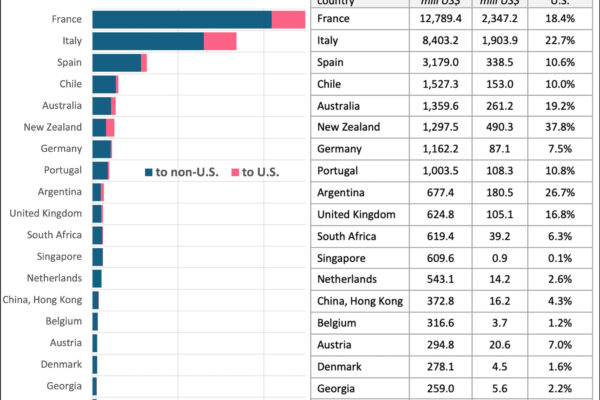
200% US Tariffs
The European wine industry is facing a significant threat following US President Donald Trump’s warning of a 200% tariff on EU wine imports. Trade bodies on both sides of the Atlantic have expressed alarm, warning that such a move would devastate European wine producers and severely disrupt the transatlantic alcohol trade. Ignacio Sánchez, secretary general…
-
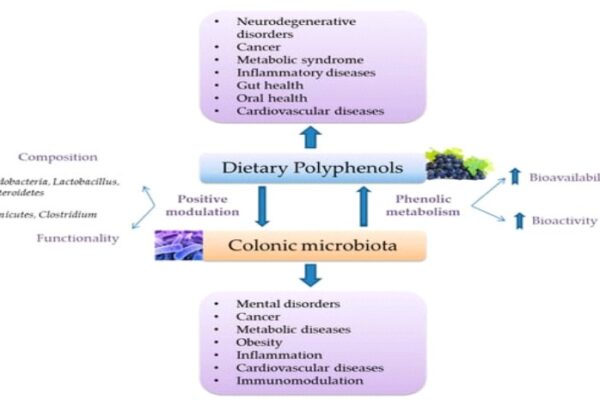
Wine, Neuroprotection and Gut Health
More new research (pdf) helps to balance the currently overly-negative narrative of wine and health. Chapter 6 of Nourish Your Mind: A Scientific Approach to Brain Health explores the role of phenolic metabolites from wine and their effects on cognitive and digestive processes. The chapter examines how these compounds, particularly polyphenols, contribute to neuroprotection, gut…
-

Shifts in Global Alcohol Consumption Patterns
The IWSR’s Bevtrac 2024 Wave 2 report highlights a significant shift in global alcohol consumption patterns, with moderation becoming a prevalent trend across all demographics over the past year. While a surge in complete abstinence observed in 2023 appears to have been temporary, consumers, including younger legal drinking age individuals, are now returning to alcohol…
-
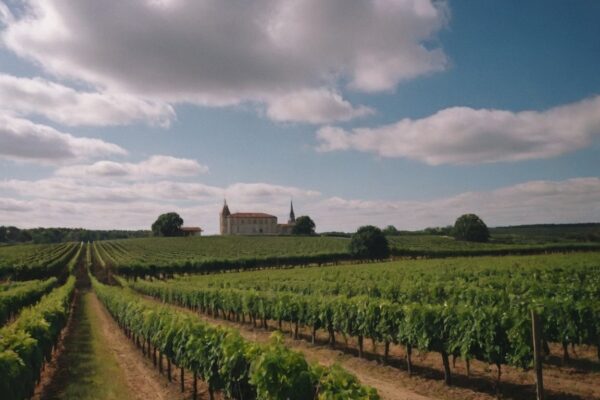
How Climate Change is Affecting Bordeaux Wine Producers
New research examines the impact of climate change on the income of wine producers in the Bordeaux region. The study analyses the relationship between climate variables, vineyard characteristics and economic performance. The findings indicate that rising temperatures and changing rainfall patterns significantly affect vineyard yields and income, with high temperatures during the bloom period (May…
-

Australian Wine Report
A new report provides insights into Australian wine exports for the year ending December 2024. A significant theme was the surge in exports to mainland China following the removal of import tariffs in March 2024, which drove a 34% increase in export value to AUD 2.55 billion and a 7% rise in volume to 649…
-

A New Type of International Wine
Wine sold in the UK no longer needs to originate from one country because of Brexit, which freed the UK from EU regulations, including those governing wine production and labelling. Under EU law, wines that combine EU and non-EU fruit are prohibited, reflecting a strict adherence to the concept of terroir. Terroir emphasises the unique…
-

Wine, Flavonoids and Health
With much debate surrounding wine’s impact on health, here’s some balancing news. New research (pdf) offers an in-depth look at flavonoids, compounds found in wine that might tip the scales in favour of moderate consumption. In red wine, flavonoids make up as much as 90% of its phenolic content. These phenols, largely derived from the…
-

Insights from the ProWein Business Report 2025
The new ProWein Business Report 2025, based on a survey of over 1,300 wine industry experts from more than 30 countries, highlights the challenges and trends shaping the global wine market. The report explains the importance of adapting to economic pressures, changing consumer preferences and evolving industry demands. Economic challenges and shifting consumer behaviour remain…
-

The Effects of Climate Change on Winemaking
Researchers from Italy have put together a useful paper (pdf) on the effects of climate change on wine composition and winemaking processes, focusing on the challenges posed and strategies to address them. This research is relevant because climate change will increasingly alter the flavour profiles, quality and availability of wines. It highlights how increasing temperatures,…
-

Insights from Vivino vs Expert Bordeaux Reviews
A new paper from Cambridge University Press examines the validity of crowdsourced wine ratings, focusing on the Vivino platform, by comparing them with professional critics’ assessments and exploring their sensitivity to weather variations that impact wine quality. Using a dataset of Bordeaux red wines, the study finds substantial correlation between Vivino ratings and professional evaluations,…
-
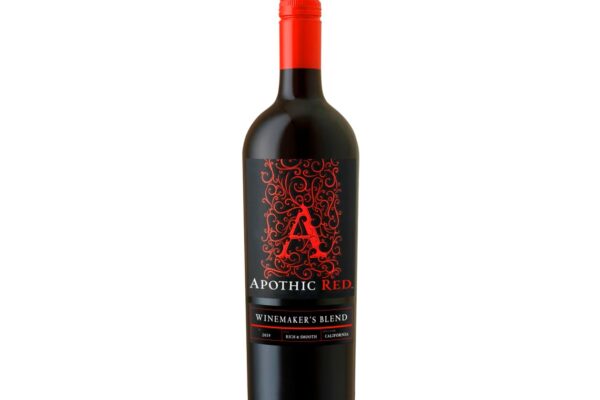
Exploring Regional Differences in Wine Tasting
The new study (pdf) explores whether distinct groups of wine experts differ in their sensory and quality assessments of the same wines. Blind tastings were conducted with panels from two Canadian regions, the Okanagan Valley and Montreal, which have different socio-cultural and training backgrounds. The Okanagan panel included winemakers and winery employees with training in…
-

Sparkling Wine, Champagne and Premium Own-Label Fuelled Christmas Growth in UK
Kantar data shows that sparkling wine and Champagne were standout performers in the UK festive retail market, with sales growing by 4.4% to reach a total of £187 million across December 2024. This increase reflects a strong consumer appetite for celebratory drinks during the holiday season, despite rising grocery price inflation. Fortified wines also saw…
-
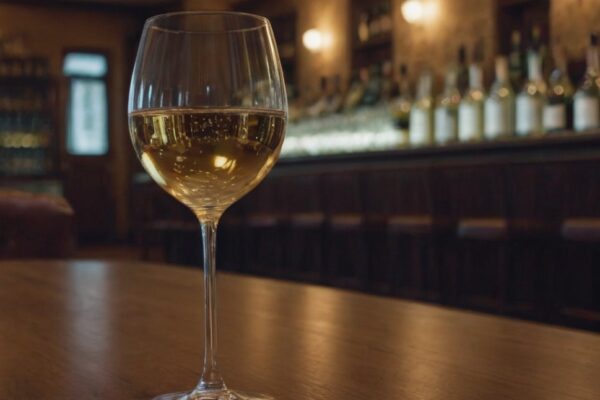
The Battle Between Science and Prohibitionists
David Morrison argues on his blog that current medical evidence does not support the claim that moderate wine consumption is harmful, though public health messaging has increasingly taken a prohibitionist stance. He critiques official health organisations, such as the WHO and the UK Chief Medical Officers, for their stringent guidelines on alcohol, pointing out a…
-
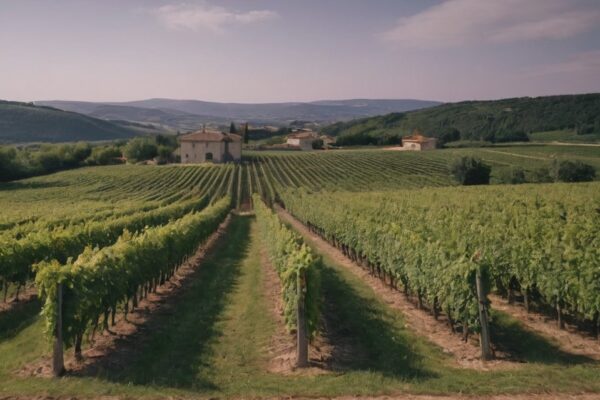
French Red Wine Faces Crisis Amid Changing Tastes
The FT newspaper is reporting (link started free but might be behind paywall by the time you read this) that the French red wine industry is facing a severe decline as younger generations increasingly shift away from red wine, opting for rosé, beer, spirits, or alcohol-free alternatives and some avoid alcohol altogether. Consumption of red…
-

EU Sparkling Wine Production and Exports Down 8%
Eurostat, the EU’s official statistics body, is reporting an 8% decline in sparkling wine production and exports in 2023 (yes, 2023, see below). The EU produced 1.496 billion litres of sparkling wine, down from 1.624 billion litres in 2022. Italy led production with 638 million litres, followed by France with 312 million (224 million litres…
-
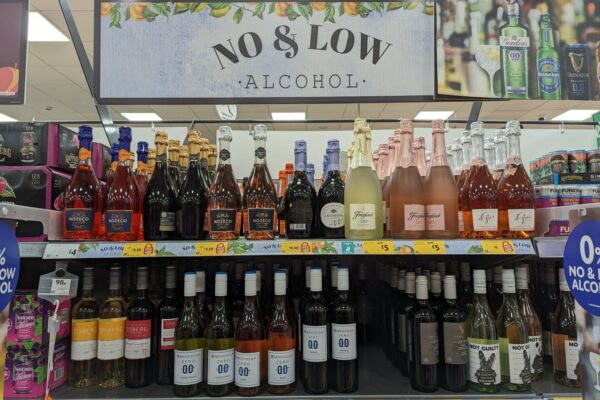
Global Surge in No-Alcohol Drinks
The IWSR (International Wine and Spirits Research) is a top authority on global alcohol beverage market data, analysis and insights, providing strategic intelligence to the industry. According to the IWSR No- and Low-Alcohol Strategic Study 2024, the market is experiencing a transformative shift, driven by younger consumers and evolving preferences. Across 10 key markets, including…
-

Ensure You’re Getting the Right Measure in Bars and Pubs
Swindon link is reporting on a survey conducted by Swindon Borough Council’s Trading Standards team revealed that some pubs and bars in the borough are serving short measures of alcohol. During inspections of ten venues, officers found that 70 per cent of drinks purchased were below the legally prescribed quantities under The Weights and Measures…
-

Trends for 2025
Bibendum’s Top 6 Wine Trends for 2025 highlights emerging preferences in the wine industry, based on the analysis of cutting-edge venues using the ‘Wine MODE’ tool. This is based on changes seen on UK on-trade (hospitality) wine lists. French Aligoté is gaining recognition as a standalone varietal due to improved ripening from global warming, now…
Did You Know?
For Crémant, grapes must be harvested by hand and the wines must undergo at least nine months’ ageing before release. More
In 2024, the UK was the second-largest export market for Champagne globally, after the United States. More
Local UK bottling of wine represents about 40% of imported wine. More
Around 1% of people, typically severe asthmatics, have a sulphite sensitivity. More
A large 80% of Australian wine arrives in the UK in bulk. More
Only about 0.02% of Australia’s landmass is dedicated to vineyards. More
In 2024, New Zealand produced only 1% of the World’s wine. More
In 2024, the US imported 37% of World production of Pinot Grigio and the UK was is in second place at 27%. More
In 2024, the UK was South Africa’s largest export market, with 40% of total exports. More
In 2024, the United Kingdom imported 22.3 million bottles of Champagne, a decline of 12.7% compared to the previous year. More
Larger Champagne producers source grapes from as many as 80 different vineyards throughout Champagne. More
Champagne houses and growers collectively produce around 300 million bottles annually. More
In 2025, the Champagne region was home to about 2,124 Champagne houses and approximately 19,000 growers. More
Provence is one of the leaders in the conversion to organic viticulture, with 61% of vineyards certified. More
8% of the South Africa’s grape production is Fairtrade-certified. More
Up to 80% of wine aroma compounds come from grape skins. More
Glycerol is the third-largest component of most dry wines after water and alcohol which is why they so often feel ‘smooth’ or ‘silky’ in the mouth. More
Humans are more than 400 times more sensitive to bitter than sweet. More
Humans can detect the earthy molecule geosmin at about 100 parts per trillion and camels are so sensitive to it they can locate damp ground from roughly 50 miles away. More
During the phylloxera crisis of the nineteenth century, 90% of Europe’s vineyards were destroyed. More
In 2025, for La Vieille Ferme, also known as “The Chicken Wine”, sales surged by 49.4% to £110.8 million. More
In 2025, in the UK, Yellow Tail held the top position with sales, marking a 9.8% increase over the previous year. More
In 2024, the UK was the second-largest wine importer in volume and value. More
In 2024, the UK was the fifth-largest wine-consuming country globally. More
In 2025, global wine consumption continued its downward trend, estimated at 214.2 million hectolitres, the lowest since 1961. More
In 2025, online alcohol sales had a 20% increase in value over five years. More
In 2025, the number of UK vineyards rose to 1,104 and wineries to 238, with land under vine expanding to 4,841 hectares, a 510% increase since 2005. More
Moët Hennessy alone commands nearly 46.66% of the Champagne market, with the top three producers together holding about 61%, and the top five controlling over 72%. More
In 2024, the Champagne market was worth roughly €3.92 billion. More
In the marketing year 2023/24, white wine accounted for roughly 55% of Spain’s output, whereas red and rosé together made up about 45%. More
In the UK, 92% of wine is consumed within 48hrs of purchase. More
The majority of wines, 95%, use commercial rather than wild yeast. More
Between 0.5 and 10 litres of water, per litre of wine, are needed for cleaning during winemaking. More
Machine harvesting can achieve up to 100 tons of fruit per day vs 1 ton for a human. More
In Germany, 2025 was the smallest wine vintage since 2010. More
The majority of vineyards, 90% in 2019, are farmed with heavy chemical interventions. Only 6% are organic. More
90% of low and coastal areas in south Europe and California will no longer be able to produce good wine by the end of the century. More
Tools
Recent
-

Journey’s End Sir Lowry Cabernet Sauvignon
-

Best from The Global Wine Masters 2025
-

Poulsard Fruitiere Vinicole D’Arbois
-

Iskar Rară Neagră
-

The Bibendum Wine Trend Report and What it Means for UK Wine Lists
-

25% Off Specially Selected Wine at Aldi
-

Moillard Crémant de Bourgogne Chardonnay
-

Light Strike Can Cause Wine Degradation in Just One Day
-

Château Méaume Matured Bordeaux Supérieur
-

Surani Costarossa Primitivo di Manduria
Tags
25% Off Wine Aldi Amarone Argentina Articles Asda Australia Award Awards25 Bibendum Bizarre Blog Books Bordeaux Cabernet Sauvignon Carménère Cava Champagne Chardonnay Chile Climate Change Coop Costco Decanter Duty English Wine EPR Events Fairtrade Food France Furmint Germany Glossary Greece Headaches Health Hungary Italy IWSC Jeroboams Laithwaites Legislation Liberty Wines Lidl Low Alcohol M&S Majestic Malbec Merch Merlot Morrisons Natural News New Zealand Non-Alcoholic Ocado Old Vine Organic Past Tastings Pinotage Pinot Noir Port Portugal Primitivo Prosecco Regulations Reviews Ribera del Duero Riesling Rioja Ripasso Rose Sainsbury's Saperavi Sauvignon Blanc Shiraz Sicily South Africa Spain Sparkling Supermarkets Sustainable Tax Terroir Tesco The Wine Society Unrepresented USA Valpolicella Vinho Verde Virgin Wines Waitrose Wanderlust Welsh Wine What to Buy Wine Art WineGB WIne Glasses Zinfandel



